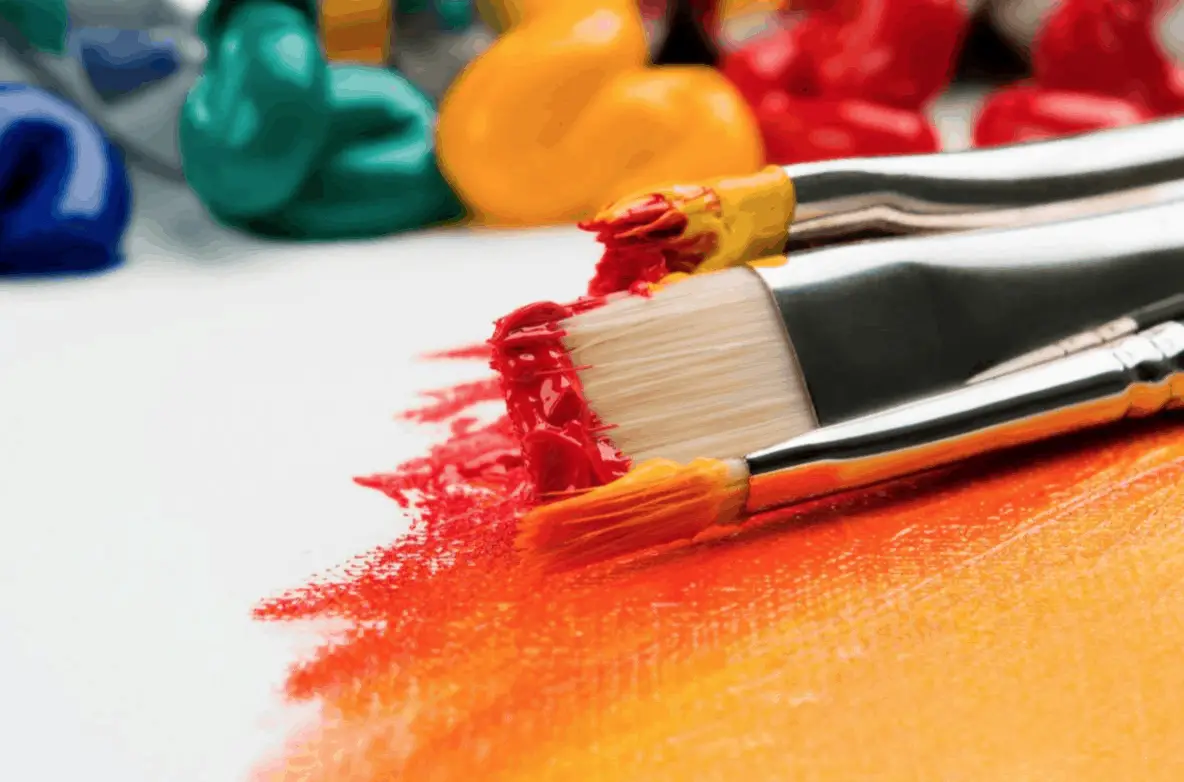
Art has been known mostly as a form of expression akin to writing, singing or any activity that involves the conversion of one’s thoughts into something that can be seen, touched or felt. However, further studies done regarding this hold a proven theory that there can actually be benefits of drawing as it relates to the health of one’s mind. Just like keeping a journal helps one distress or relieve their mind, art in its diverse forms has been found to exert a similar effect.
People often ask where they could get exposed to art therapy ideas that would help them find their own ‘niche’. It’s like a student asking, “Where can I buy essay papers?”. The obvious answer would be to locate an essay writing service. Likewise, art shops, art galleries and exhibitions are perfect starting points for those who need to discover the art form that works for them.
Let us quickly go through some of the benefits one can derive from drawing therapy.
Benefits of Drawing therapy
The two activities mentioned in the heading have a common end goal – they render needed help. Just like students get to submit their essays on time when they use an essay writing service, likewise engaging in this type of therapy has some amazing benefits:
Fights depression
Interesting, isn’t it? Studies have shown over time that creative activities, i.e. mind-related activities tend to calm the body down and even produce natural chemicals that help to fight illness-related depression. This makes it a very relevant recommendation for those diagnosed with terminal illnesses. Because there is nothing more to be done, these people often fall into depression quicker than the average struggling person. But by engaging their mind with artistic possibilities, they are given a chance to enjoy the rest of their time in better spirits and a positive outlook on everything.
Boosts self-confidence
There’s this feeling of satisfaction and accomplishment that comes with the completion of a creative piece irrespective of the category. That moment one stands back and looks at what he made or drew, and he is filled with a sense of deep satisfaction. The deep satisfaction derived from making these pieces helps to boost a person’s self-belief and confidence; it helps them believe they can achieve anything if they try.
Pain killer
Okay, this one got us as well. Remember that art comes in more forms than one? Music, drawing, sculpturing, painting – these are all forms of creativity. There is evidence that finding the type of art that works for you makes a perfect drawing therapy to combat pain. And this is especially true for music – classics often have a way of soothing one’s soul and in the process, creating enough calm for the body to settle and heal itself, reducing pain.
Gives a voice to the voiceless
If you had ever had the privilege to work with children or adults on the autistic spectrum, you would understand well the point being raised. These sets of people often have difficulties in expressing their feelings enough to be heard. But they have all needed avenue when they engage in different forms of art. It helps us understand their world, understand what they are feeling per time and how best we can help them adapt and adjust to living without feeling left out of society.
Relieves anxiety
Like writing a journal or a hate mail and deleting it, this is a channel. It helps you unlock feelings of anxiety that cannot be expressed verbally and changes them into mind-blowing art. At some point in our lives, everyone needs to take certain burdening thoughts off their
minds. Art therapy can be the perfect tool for that. We like to refer to this benefit as a win-win; your mind is unburdened, and beautiful work is created at the same time.
Forms of Art Therapy
Just like there are different categories of papers for students to write per term, there are also different categories of creative expression that have therapeutic potential. Some of them are:
* Textiles
* Digital art
* Painting
* Handcraft (knitting, sculpting, papier mache)
* Photography
* Collage making
* Pencil sketching
Who can benefit from Art Therapy?
Earlier we mentioned people on the autism spectrum and terminally ill patients. However, there are some other groups of people who can get benefits from this therapy, too:
* People with dementia
* People with mental illnesses
* Those with learning difficulties
* Those in the justice framework (prisons, remand homes, juvenile centres)
By itself, art is a kind of entertainment. With the combined knowledge of its health benefits, you can now have fun and enjoy its useful advantages as well.
